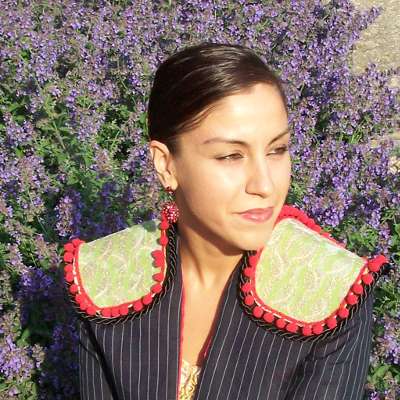It is well-known that dance can be therapeutic, fostering a body-mind-soul connection. While dance can heal the individual, it also has the power to move masses. Today's society is quite diverse, and this needs to be seen as a positive rather than a negative. Dance can have a significant impact on society as it can be used to engage with various communities and empower vulnerable groups.
In order to use dance as a tool for social change, there needs to be an inclusive setting whose success depends primarily on the teachers. A leader in the field of inclusive dance training, Gemma Coldicott, who is part of the Royal Academy of Dance's Step into Dance Programme, has been instrumental in preparing teachers to deliver inclusive classes. Her methods engage, empower and allow individuals, whether disabled or non-disabled, to dance together. Although she has many pearls of wisdom, I have chosen to highlight only a few key points. According to Gemma, an inclusive classroom is “Space to explore dance and movement with equality and collaboration, regardless of age or ability” and should “allow students to find their own solutions to difficult sections.” In addition, as a teacher you should “maintain a high level of expectation from your group and encourage them to achieve more than they ever felt they could achieve.” Lastly, “asking the participants to reflect on the session and verbalize, or physically represent, their feelings and thoughts is critical.” Gemma's trainings offer tools which can be implemented in any classroom but especially within inclusive dance settings.
In order to promote accessibility, DanceXchange in Birmingham, UK offered a training course called STRIVE, supported by the Esmee Fairbairn Foundation, for dance artists who wanted to develop skills and confidence in delivering dance activity for vulnerable groups. Although many of the artists had already been working and teaching in inclusive settings, the mentoring that came with the training was invaluable. A class I taught as part of this training program was made up of male asylum seekers and refugees from various countries, who were incredibly humble, shy and some reluctant to even join the dance class. What I noticed was that with a balanced approach of structure and freedom through creative tasks, the participants became leaders of their class and felt free to play, create and dance. What to me were generic steps and basic dance formations brought them to a space where they could enjoy themselves. The laughter in the room was invigorating, honest and contagious. Although this class was not a dance therapy session, it appeared to have therapeutic benefits for participants. The physical, social as well as political uncertainties of their lives were, for a moment, replaced by dance which did bring joy and maybe even healed some part of a fractured spirit.
Dance is a way forward and leads to social cohesion and inclusion of those often vulnerable and excluded groups. While there are projects which aim to bring dance to such communities, there is still need for more. With financial budgets disappearing more and more and arts programs being few and far between, it is important to remember that dance can be a form of therapy for the world and must be accessible to all.


